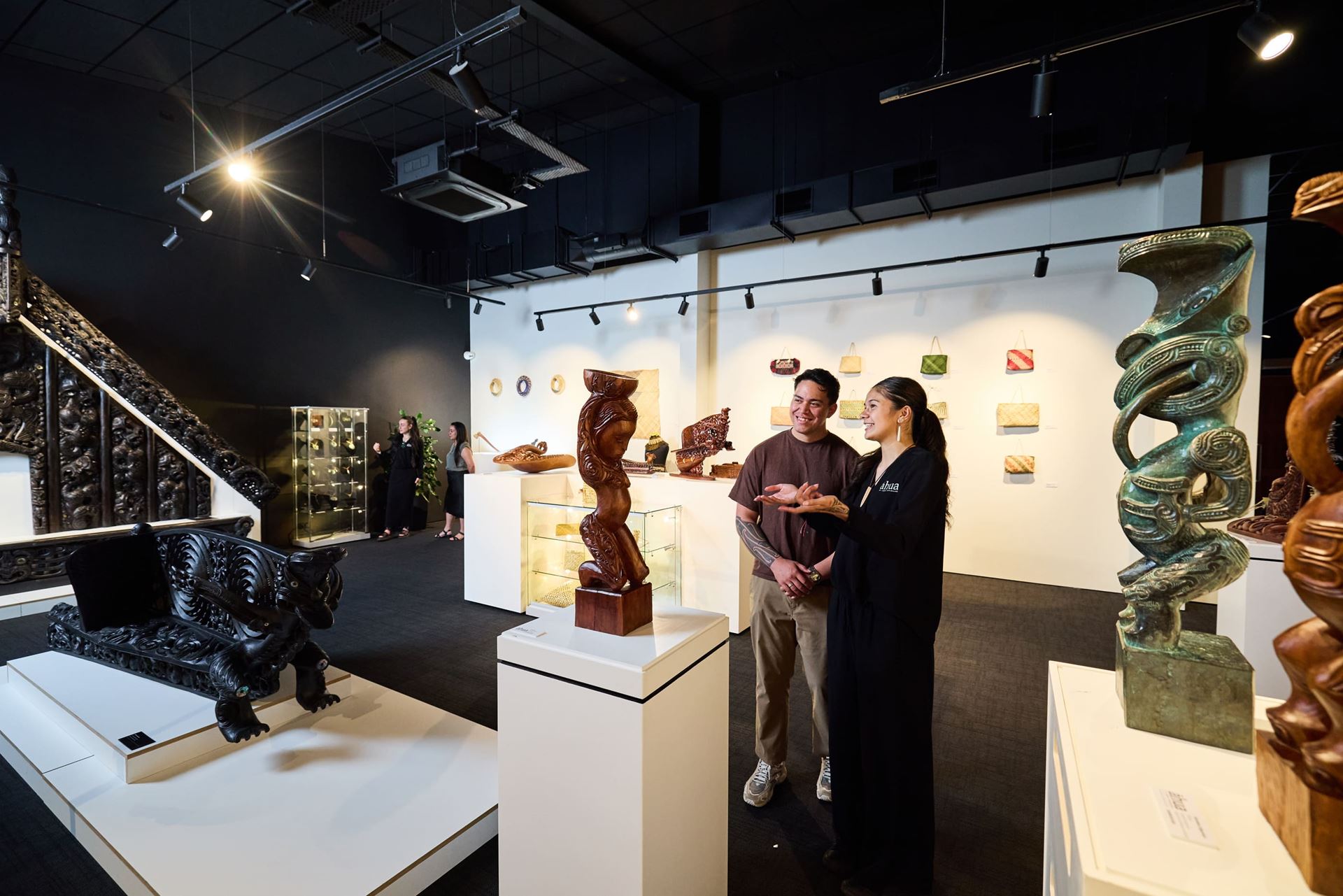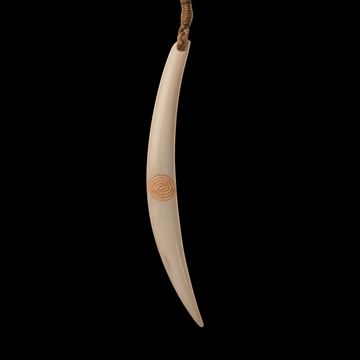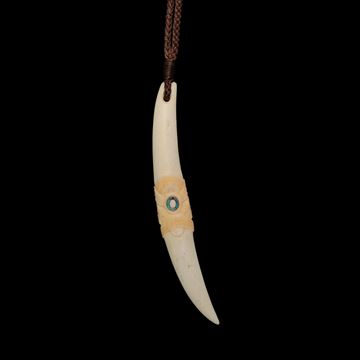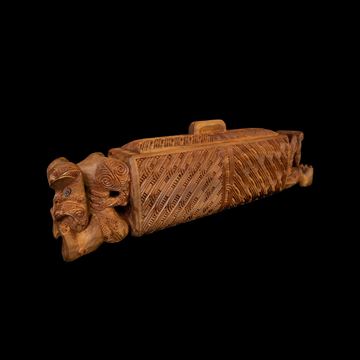
Āhua Gallery
Select Subcategory
Aurei - 5635KC
Aurei were customarily used as a pin for fastening cloaks and may be made from bone, stone, wood or shell. They may also have been worn through the ear as an earring or around the neck as a pendant. Aurei are still commonly worn as pendants and earrings and as with most Māori personal adornments, are often passed down generationally.
Material: Koiwi (Beef Bone)
Measurements: 131mm x 13mm
$350.00
Aurei Koruru - 5441KH
Aurei were customarily used as a pin for fastening cloaks and may be made from bone, stone, wood or shell. They may also have been worn through the ear as an earring or around the neck as a pendant. Aurei are still commonly worn as pendants and earrings and as with most Māori personal adornments, are often passed down generationally.
Material: Koiwi (Beef Bone)
Measurements: 124mm x 18mm x 10mm
$1,250.00
Aurei Wheku - 5633KC
Aurei were customarily used as a pin for fastening cloaks and may be made from bone, stone, wood or shell. They may also have been worn through the ear as an earring or around the neck as a pendant. Aurei are still commonly worn as pendants and earrings and as with most Māori personal adornments, are often passed down generationally.
Material: Koiwi (Beef Bone)
Measurements: 158mm x 22mm x 12mm
$690.00
Waka Pungarehu - 2579SL
The Waka Pungarehu (Ash Urn) has two carved tekoteko (statues) positioned at the ends of the waka pungarehu which are carved in the traditional style of whakapakoko, resembling preserved corpses. The surface is intricately adorned with the raperape design, symbolizing the continuous cycle of life and the evolution of death. The pakati and haehae techniques are skillfully carved to enhance the entire waka pungarehu, with the distinctive pakati design known as niho kuri (dog’s teeth) adding a unique touch. The pakati designs feature iroiro (maggots) motifs, symbolizing the natural process of
decomposition when a human body returns to the earth.
Material: Tōtara
Measurements: 450mm x 110mm x 90mm
$10,500.00




